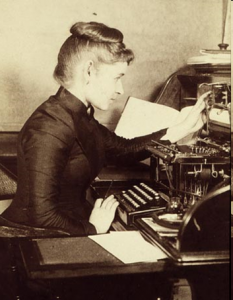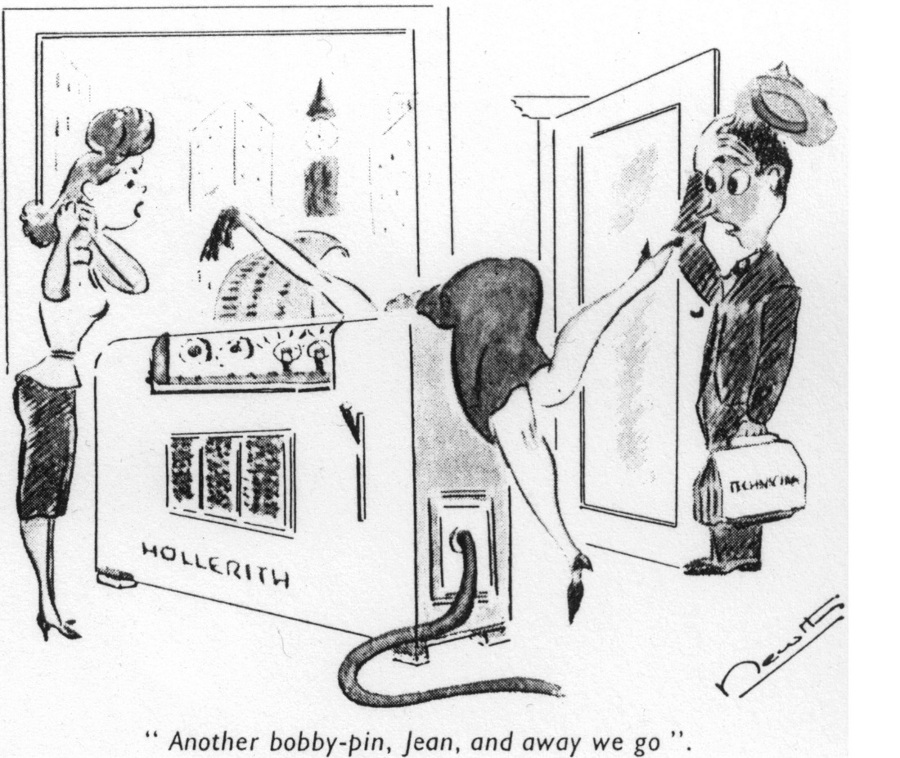History of Computing Class, Assignment 1
Students, comment on this post by writing a three-paragraph response to the following:
So far, we’ve discussed the precursors to electronic computing. What are the three most important things we’ve learned?
Please use formal English and write your response as you would a short academic paper. Include relevant, specific historical details to make your points, but remember to keep it concise: this should only be three paragraphs.

Your comment will not show up right away: I will approve the comments after the deadline, once everyone’s had a chance to respond, so as not to bias your answers.
As noted on your syllabus, your comment is due by 10pm on Thursday, Sept. 6. There will be no credit given for late responses or technical difficulties (so don’t leave it until the last minute).
Have fun.
Note: If you see bracketed text in the comments, that represents text I added or text I corrected–in other words, alterations from the student’s original essay. My objective in correcting your posts is to make your blog comments a useful learning resource for the class and anyone else on the web who may come across them later. I want to ensure we put as little misinformation out on the web as possible.


